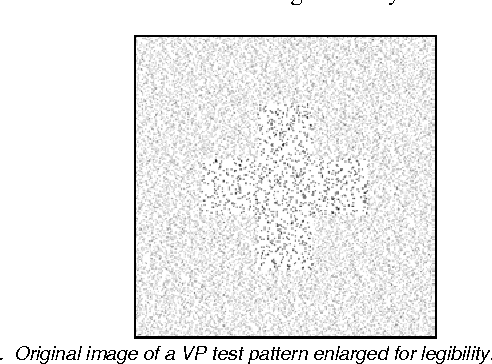

However, it is only in the last ten to 15 years that educational fraud, or ‘fake qualifications’, have really become a worldwide problem.Īnd why? Academic qualifications have gained increasing commercial value, Educational achievement and the accompanying evidence are also now used for safe passage through immigration, promotion and access to employment, as well as a legitimate bargaining tool for better pay or greater professional recognition. It’s not just the educational sector it effects either with employment, immigration, visa allocation and identity fraud also hit by the scam ‘trade’. It’s no surprise that the production of fraudulent documents, or fake degrees and diplomas, has been going on since antiquity. And, with the selfie images in their possession, it could take a scammer a matter of minutes to replicate each educational certificate and sell on the forgeries – and land in the unsuspecting hands of employers. If they did, such selfies could give instant access to online fraudsters – from having the logo to signatures, stamps and holograms. Higher Education Degree Datacheck (Hedd) this year issued a warning to graduates not to post their degree selfies on social media, to avoid fuelling the lucrative trade in fake degrees. Find dense spots in the panograph and delete different layers around it.Following the news that students posting selfies of their degrees could lead to online scammers fraudulently replicating certificates, and with GCSE results recently released, it’s imperative that the stringent work continues in clamping down on this multi-million pound crime.


Move the layers forward and backward to change the focus.


 0 kommentar(er)
0 kommentar(er)
